1938’s blues guitar boy wonder
George Barnes, anyone? I bet only the most hardcore blues and jazz enthusiasts know of that sublime electric guitarist George Barnes. This isn’t just sad, it’s a travesty.
George was recorded eight years before Muddy, before Buddy (Guy – not Holly), before even Howlin’ Wolf – in those days before the electric blues-style of guitar-playing we know and love now was mapped out. There he was, this 16-year-old white kid from Chicago’s outer suburbs, recording pioneering electric blues guitar with blues icons like Big Bill Broonzy and Tampa Red, way back in 1938.
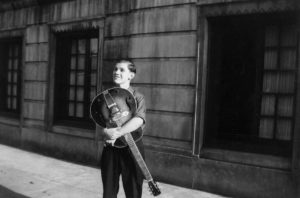
George Barnes, aged just 16, was almost certainly the second guitarist ever to record electric blues commercially, after Eddie Durham. (There will be more about Eddie in a later post.) And judging from the number of instruction manuals young George brought out in the early 40s, you could literally say he wrote the book on playing electric guitar.
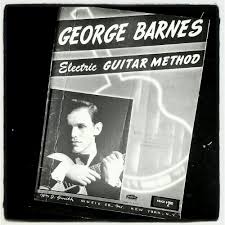
George Barnes was just 16-years old when he recorded electric lead guitar for a host of black blues legends like Big Bill Broonzy, Curtis Jones, Washboard Sam, Jazz Gillum, Louis Powell, Blind John Davis, Merlene Johnson and Hattie Bolten, in sessions starting in March 1938. Altogether, young George played on 33 seminal black blues recordings in Chicago that year.
I’ve made a short film on George Barnes’s exquisite technique which you can access below. Unfortunately, I had to use myself as a guinea pig presenter due to an inability to afford anyone younger or with more presenting ability. So please bear with me and take a listen to young George Barnes backing Big Bill Broonzy during the 1930s. Granted, it’s a touch jazzy, but this was the jazz age remember, and when George tones it down a bit, he’s playing pure improvised blues.
On 1 March 1938, after George played on ‘It’s a Low-Down Dirty Shame’ and ‘Sweetheart Land’ for Big Bill Broonzy, he then played on exactly the same songs, this time for for blues pianist Curtis Jones. I believe Big Bill Broonzy was on these tracks just as Curtis Jones played piano on Bill’s recordings. Everybody mucked in for everyone else at Lester Melrose’s Chicago recording sessions.
Two weeks later, George Barnes played electric blues guitar and received a song-writing credit on ‘Reefer Head Woman, recorded by Jazz Gillum & His Jazz Boys, for the Bluebird label in Chicago on 14 March 1938. The song later became an Aerosmith classic, and what a classic. Take a listen to the excellent slow blues of Steve Tyler and the band.
George Barnes, who later became a world-renowned swing jazz guitarist, also played as a session guitarist during the 1950s for a host of famous names including Bob Dylan, Frank Sinatra, the Coasters, the Drifters, Connie Francis, Buddy Holly and the Jodimars, a rock & roll band made up of former members of Bill Hayley and His Comets.


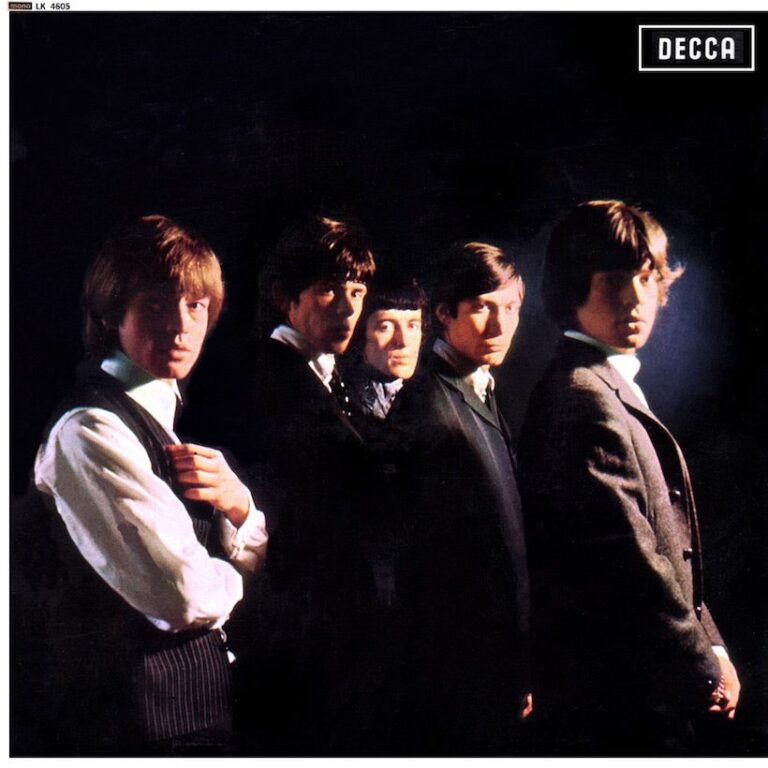


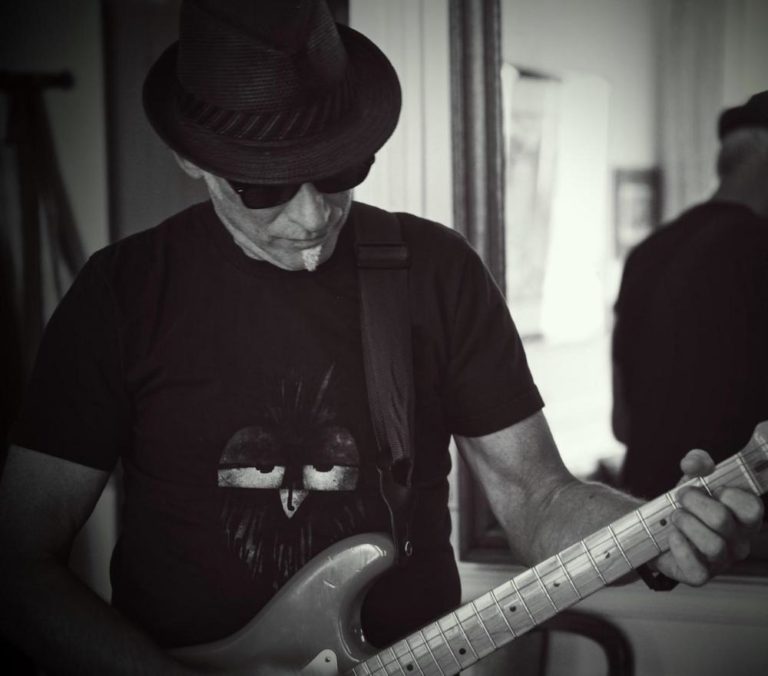
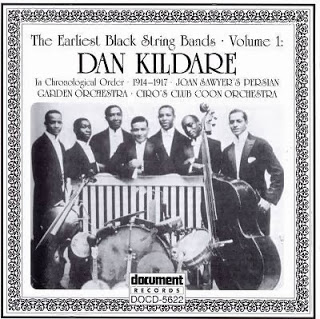
Hence I am a hardcore blues and jazz fan Paul ! Not really a surprise, but now I’m a patented one ! Then I can recommend the excellent 2CD “Quiet ! Gibson at Work” that shows why this guy was an UFO in his day !
Good stuff, J-C. I’ll certainly take a listen to George’s Gibson on Spotify.
Hello, Paul. I’m George Barnes’ daughter. My late mother and I founded The George Barnes Legacy Collection in 2010, in the interest of making his exceptional life’s work more available, recognized, and appreciated. I have been producing material from the collection since 2013, and am in the process of writing a memoir about his life, and the unique world in which my mother and I lived because of him. I’m glad you’ve acknowledged his artistry and influence in this post, and in your book, “America’s Gift” (I have not read it; I’ve only seen a review in WorldMusicCentral.org). I’m sure you know you’ve only scratched the surface. If you decide to reference my father in future posts or other publications, please feel free to contact me; I’m always happy to help those who support my father’s legacy present more detailed and accurate information. Cheers!
Hi Alexandra. Being a great admirer of your father’s work, I was thrilled to hear from you. In my blues history book, America’s Gift, I devote an entire chapter to George Barnes, entitled ‘The Teenage Pioneer of Electric Blues’ so, perhaps, know a little more about his amazing virtuosity than you think. It’s available on Amazon. The only other blues musician in the book who gets a chapter to themselves is Lonnie Johnson who, I believe, gave guitar lessons to your Dad before he was 16 in the 1930s. If you could expand on this, it would be well worth another post. Indeed, if you have any information at all you could share I would be delighted to publish it. I think the world, and especially America, need to know much more about your father’s massive contribution to so many music genres. You can contact me at paulgmerry@gmail.com – I have also made two videos on George Barnes which you can find on my YouTube channel under Paul Merry. I had to make a second video because the publisher of Jazz Gillum’s ‘Reefer header Woman’, on which George played, made me mute it. Perhaps you could have a word with them ;).
May this contact between both of you be fruitful.
Cheers Jean-Claude.
Merci, Jean-Claude…on ne sait jamais!
Durham played a resonator guitar. It was Barnes guitar on Bill Broonzy’S Low Down Dirty Shame that was the first real electric guitar on record.
Eddie Durham explained how he recorded ‘Hittin’ the Bottle’ with an amplifier in a 1979 Guitar Player interview:
“I went back to using a wooden guitar with a resonator. I used to let Lunceford put the microphone up to the sound-hole. Then later on DeArmond came out with a pickup (DeArmond was the first commercially available attachable pick up), which I got, but they didn’t have sound amplifiers. So I’d get any kind of amp I could find and sit in the corner of the stage and run the cord to the guitar, and that was it. And if we were in an auditorium, I’d go directly into the sound system. You couldn’t play rhythm like that because it was too loud. I used to blow out the lights in a lot of places. I’d just play solo work, and I think that at the time I was the only guy playing that kind of guitar in a jazz band.”
Guitar Player magazine (USA), August, 1979.